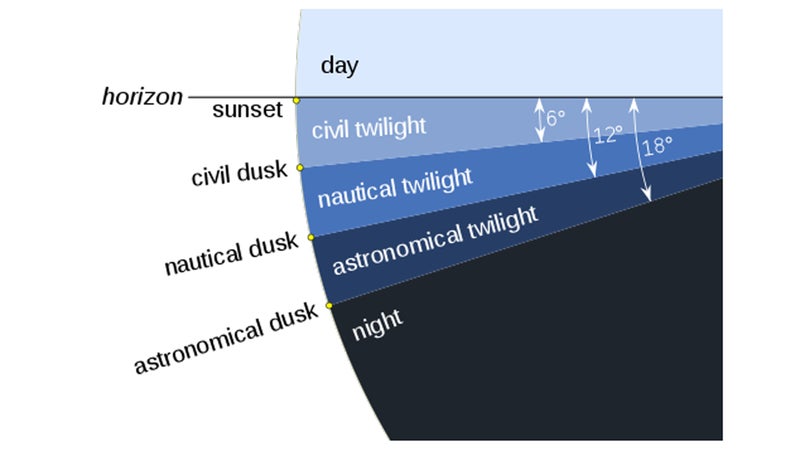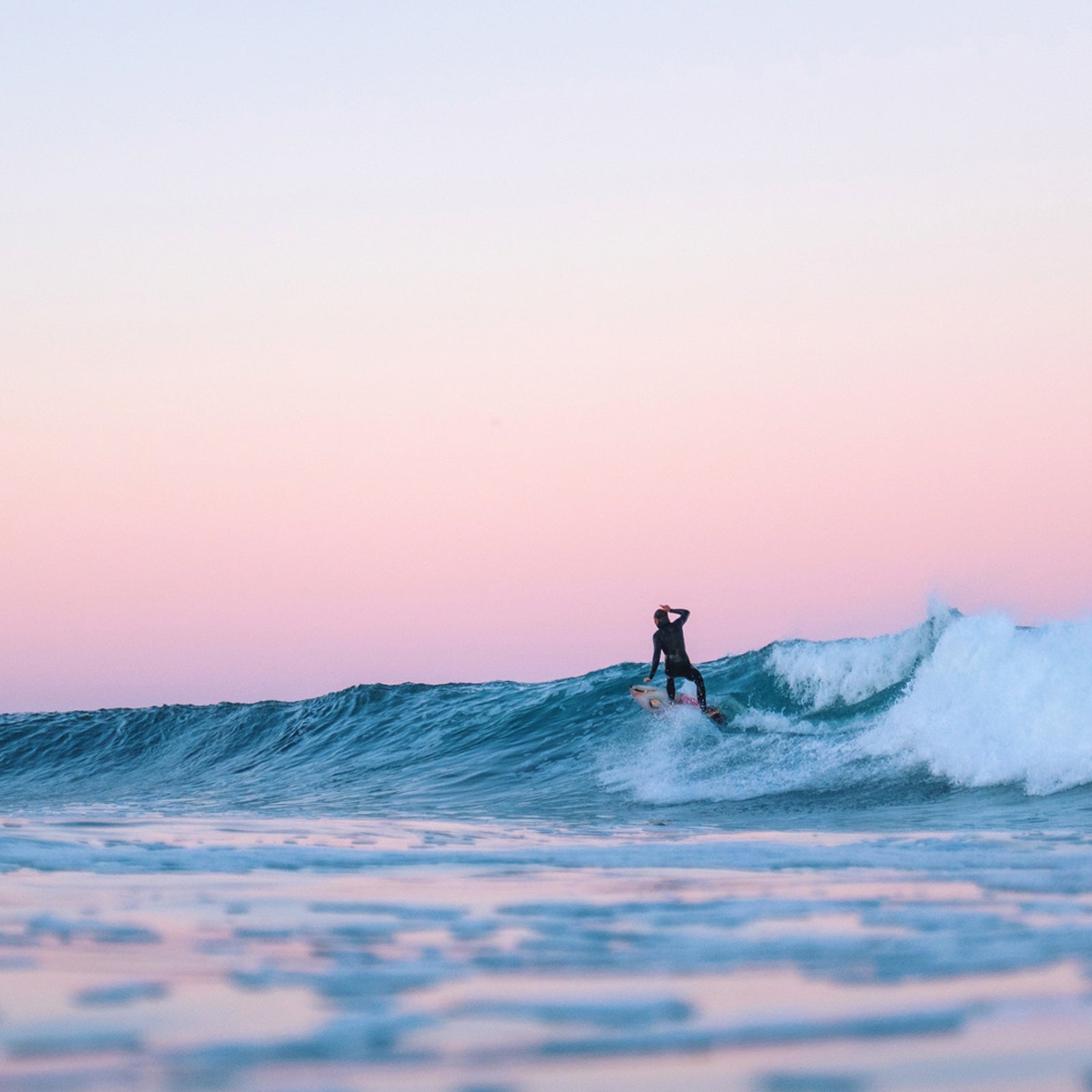Civil twilight. Over the course of this past long year in California, itÔÇÖs the one time of day IÔÇÖve allowed myself a sense of Before Times╠řnormalcy. ItÔÇÖs during , when the stars still mingle with the moon in the sky but the sun announces that itÔÇÖs on its way, that IÔÇÖve maintained a tenuous hold on the outside world through surfing.
IÔÇÖve been surfing╠řfor the past decade near my home╠řin the Bay Area, but during the pandemic╠řit has become a near daily habit. In deepest winter, IÔÇÖll wake at╠ř5:30 A.M.╠řso I have a little time for coffee and a quick stretch. IÔÇÖll fill up a jug with hot water and load it in the car, along with my wetsuit, still dank and a little musty from yesterday. The surfboards are already packed up. The stars are still crisp against the night sky. I often see Venus.╠řBut thereÔÇÖs been an imperceptible shift when the sun hits 18 degrees below the horizon.╠řIt turns out that there are gradients of dawn, and they all have a name. This moment is the╠řfirst:╠řastronomical dawn.
ItÔÇÖs still dark, and will remain so until IÔÇÖm almost at the beach. The sun, creeping╠řfrom 18 to 12 degrees below the horizon, is working its way through astronomical twilight.╠řThe roads are quiet, but the world is waking up. Lights flicker on in houses, and solitary runners with headlamps begin to dot the sidewalks and trails. By 12 degrees, nautical dawn, early-morning traffic starts to slow on the Bay Bridge, which I cross en route to Pacifica or San FranciscoÔÇÖs Ocean Beach.╠řYet╠řthe night still hangs on, enough so that I canÔÇÖt quite make out the faces of the other surfers╠řwhen I arrive. We chat from a carÔÇÖs length as we suit up and try to see what the waves are doing. I have to use the flashlight on my phone to find the wax at the bottom of my bag.
When the sun is╠řsix degrees below the horizon, itÔÇÖs civil dawn. Thus╠řbegins╠řcivil twilight, the phase when the sun makes its final move to the horizon. The sky brightens. This is when we paddle out, hoping to steal some uncrowded time with the waves.
I like this phraseÔÇöcivil dawn. I like the sense that, when weÔÇÖre in the water, we are respectful of the ocean and each other, together but apart. There is room for generosity. Few of us are out at this hour, so╠řwe have plenty of space╠řand a quiet lineup. In these moments╠řjust before day breaks, itÔÇÖs possible to surf by the glow of both the moon and sun╠řif the time of month is right. Sometimes we surf by the glow of the Pacifica Taco Bell╠řif the lights are on. At Ocean Beach, the container ships blink just offshore.
Surfers can be a grouchy, territorial lot. All it takes is one person dropping in on you╠řto generate awful thoughts about humankind.╠řBut I try to be my best self out there. I smile and say good morning and look before I go for a wave. By and large, the people I see at civil twilight are doing the same.╠řWe are existing in a liminal space, between night and day, ending and beginning. Together and alone. The neither-nor╠řquality of this period is somehow inclusive. In its fuzzy borders, I feel that we take more care.
To many, twilight suggests finality: the end of a day, the end of a career, the end of a life. But twilight bookends the day, presenting itself both at the beginning and the end. It is an in-between period, during╠řwhich the sun isnÔÇÖt yet visible╠řbut the earth is neither completely illuminated nor completely dark. It is a soft and scattering glow, the promise of both day and night held together.

I catch a wave, and in the moment IÔÇÖm flying down the face, my focus is acutely intent:╠řI am, however briefly, free of the worldÔÇÖs cares. That present sense of lightness is joyful. ItÔÇÖs because of surfing that I still know how to smile when things are otherwise grim. The unusually big swells of this winter season have also forced me to be prepared, push my limits, and handle rogue waves and hold-downs and other peopleÔÇÖs flying boards and bodies. I know to expect the unexpected.
Civil dawn ends at sunrise. I stay for another hour or so, navigating the lineup until there are too many people╠řfor my comfort, both as a surfer and as a human mid-pandemic. I head home, back to a schedule of virtual work and virtual school and virtual community. I put on my force field and mask up with my sons for walks around the block or to the corner store. I stay inside and make dinner with my husband and read books and watch movies. Tomorrow╠řweÔÇÖll do it all again.
WeÔÇÖre awaiting╠řthe light at the end of the tunnel after doing this strange workÔÇöa low-level hibernation into the murk of a largely interior existence, intimate with our familiars in a too small space, in order to survive the raging uncertainty of a pandemic╠řand the unrest of a divided body politic. In December, color technology and design company╠ř: Ultimate Gray and Illuminating. Normally, thereÔÇÖs just one hue, but it turns out we need bothÔÇöthe dark and the lightÔÇöto accurately represent the arc of the coming year.
The civil dusk of an old year and era merges and moves through night╠řinto the civil dawn of a new one. Perhaps this is the spark╠řafter the darkness. I am preparing for reentry, into a changed new world that is only just making itself visible. And╠řthough it might not feel like it quite yet, so are you.


